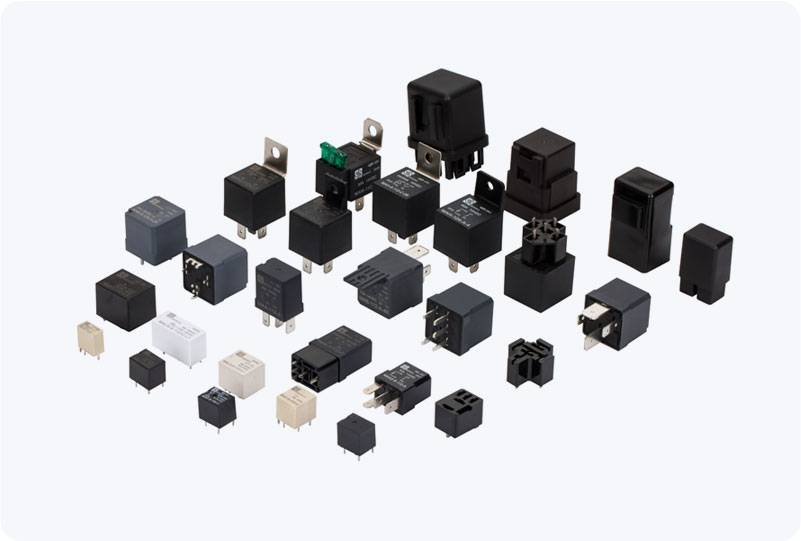An Overload Relay is a crucial protective device in electrical systems, designed to safeguard electric motors from damage caused by prolonged overcurrent conditions. These devices play a vital role in ensuring the longevity and safety of motors, which are often the heart of industrial machinery. Overload relays function by detecting excessive current and breaking the circuit when the current exceeds a predetermined threshold. This helps prevent overheating and eventual failure of motors, reducing downtime and maintenance costs.

What is an Overload Relay? At its core, an Overload Relay is a protective relay that automatically disconnects an electric motor from the power supply when it detects that the motor is drawing more current than its rated capacity. Motors, especially electric ones, can be prone to damage when subjected to overloads, which may occur due to mechanical failure, blockage, or running at full capacity for an extended period. The role of the overload relay is to act as an early warning system to prevent these issues from escalating. How Does an Overload Relay Work? The operation of an overload relay is simple yet effective. The device constantly monitors the current flowing through the motor. When the motor is running under normal load, the current remains within the rated value. However, when there is an overcurrent condition—such as when the motor is working too hard under load—the relay detects this anomaly.